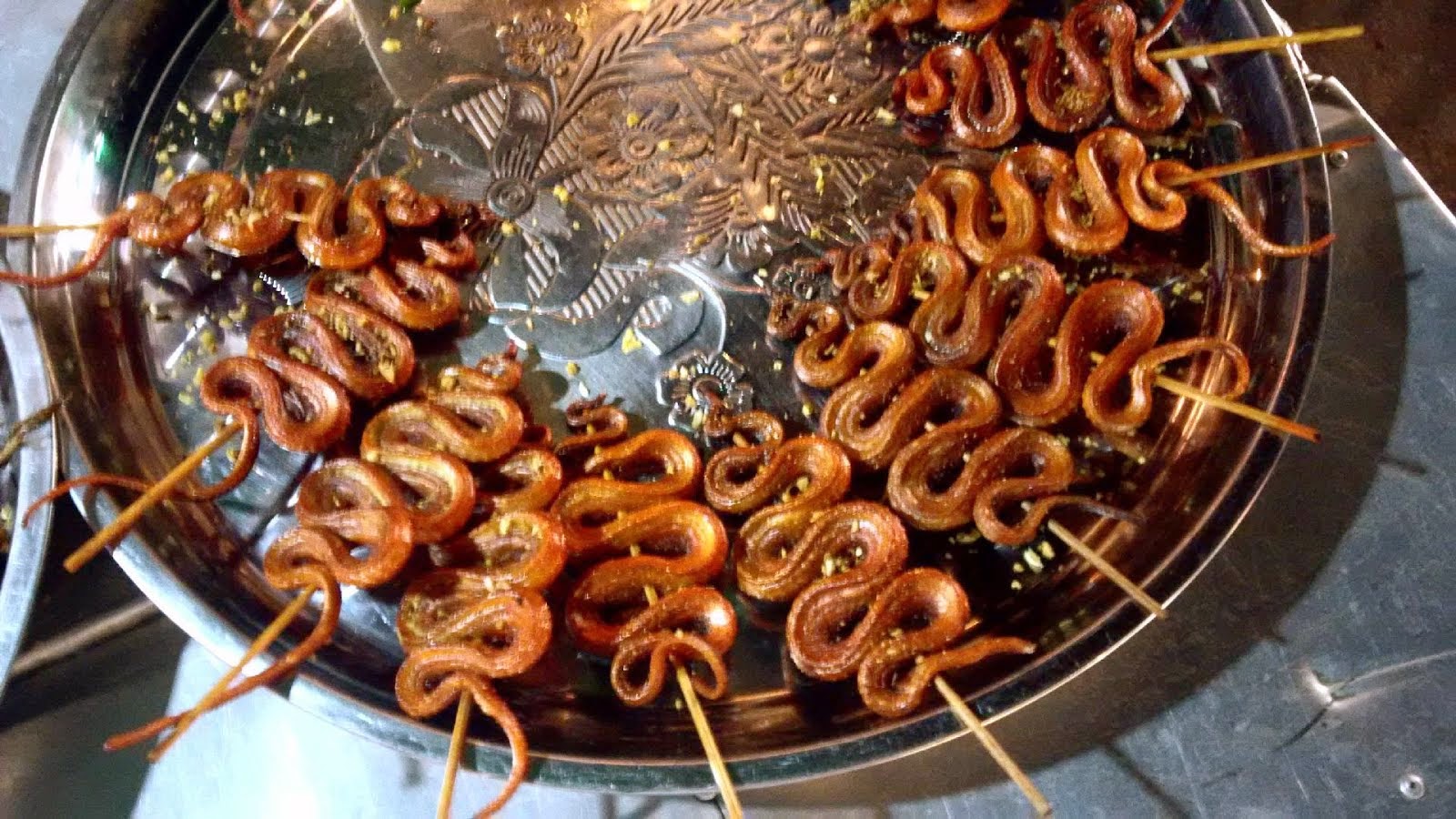Snake As Food: An Intriguing Culinary Journey
Snake as food has become a topic of curiosity and fascination for many around the world. While it may seem unusual to some, consuming snake is a practice that has deep cultural roots in various regions. This article will explore the nutritional aspects, culinary techniques, and cultural significance of snake meat, providing insights into why it has become a delicacy in certain places and how it can be prepared and enjoyed. As we delve into the world of snake cuisine, we aim to offer a comprehensive understanding of this unique food source.
Throughout history, snake meat has been consumed for its rich flavor and nutritional benefits. In many cultures, it is considered a delicacy, often featured in traditional dishes. Understanding the reasons behind its consumption can shed light on broader themes of food diversity and cultural practices. This article not only aims to inform but also to challenge preconceived notions about what constitutes food in different societies.
Join us as we navigate through the fascinating world of snake culinary practices. From its nutritional benefits to preparation methods, we will provide a thorough overview of why snake meat is more than just an exotic dish—it is a part of our global food heritage.
Table of Contents
- Introduction
- Nutritional Benefits of Snake Meat
- Cultural Significance of Eating Snake
- Preparation Methods for Snake Meat
- Popular Snake Dishes Around the World
- Safety Considerations When Eating Snake
- Snake Farming and Sustainability
- Conclusion
Nutritional Benefits of Snake Meat
When considering snake as food, one of the primary aspects to explore is its nutritional content. Snake meat is often praised for being low in fat and high in protein, making it an attractive option for health-conscious individuals. Here are some key nutritional points:
- High protein content: Snake meat can provide a substantial amount of protein, which is essential for muscle development and overall health.
- Low in fat: Compared to other meats, snake has a lower fat content, which can be beneficial for those monitoring their fat intake.
- Rich in vitamins and minerals: Snake meat contains essential vitamins and minerals, including B vitamins, zinc, and iron, which contribute to overall well-being.
Cultural Significance of Eating Snake
The consumption of snake varies widely across different cultures, often tied to local traditions and beliefs. In some regions, snake is regarded as a delicacy, while in others, it may be seen as a necessity. Here are a few cultural perspectives:
Asia
In countries such as Vietnam and Thailand, snake meat is a staple in various dishes. It is often believed to possess medicinal properties, especially in traditional Chinese medicine.
North America
In some Native American cultures, snake meat has been consumed for centuries, often during ceremonial feasts. It is associated with spiritual beliefs and practices.
Preparation Methods for Snake Meat
Preparing snake meat involves specific techniques that vary by region. Here are some common methods of preparation:
- Grilling: Snake meat can be marinated and grilled, adding a smoky flavor.
- Frying: Fried snake bites are a popular street food in many countries.
- Soups and stews: Snake meat can be simmered in broths to create flavorful soups and stews.
Popular Snake Dishes Around the World
Snake meat is featured in various traditional dishes, each with unique flavors and preparations. Some popular snake dishes include:
- Snake soup: A delicacy in Chinese cuisine, often served with herbs and spices.
- Grilled snake skewers: Common in Southeast Asia, these are marinated and grilled for a delicious snack.
- Stews: In some cultures, snake is cooked in hearty stews with vegetables and spices.
Safety Considerations When Eating Snake
While snake meat can be a nutritious food source, there are safety considerations to keep in mind:
- Proper cooking: Ensure snake meat is thoroughly cooked to avoid foodborne illnesses.
- Source: Purchase snake meat from reputable sources to prevent contamination.
- Allergies: Be cautious if you have allergies to other types of meat, as cross-reactivity may occur.
Snake Farming and Sustainability
As the demand for snake meat increases, snake farming has emerged as a sustainable option. Here are some key points about snake farming:
- Conservation: Farming snakes can help reduce pressure on wild populations.
- Economic benefits: Snake farming can provide livelihoods for local communities.
- Regulation: Sustainable practices and regulations are essential for the long-term viability of snake farming.
Conclusion
In conclusion, snake as food presents a unique culinary experience that is rich in history and cultural significance. From its nutritional benefits to various preparation methods and dishes, snake meat is more than just an exotic choice; it is a part of global food traditions. As the culinary world continues to embrace diverse food sources, snake meat offers an intriguing option for adventurous eaters. We encourage readers to explore this unique delicacy and consider incorporating it into their culinary repertoire.
What are your thoughts on snake as food? Have you ever tried it? Leave a comment below and share your experiences or any questions you may have. Don't forget to share this article with friends who might find it interesting!
Thank you for reading, and we hope to see you back for more culinary explorations and insights!
Article Recommendations
- Ari Kytsya Nude
- Recall On Ramen Noodles 2024
- Bryce Adams Leaked
- Deborah Van Valkenburgh
- Subashree Mms
- Jayson Christopher Tatum Jr Mom
- Aaron Eckhart Wife
- Daystar Scandal 2024 Jonathan Lamb
- Richard Hillman Cause Of Death
- Cast Of Shrek




